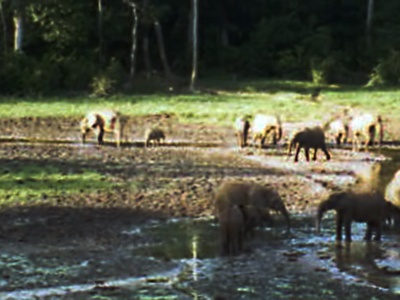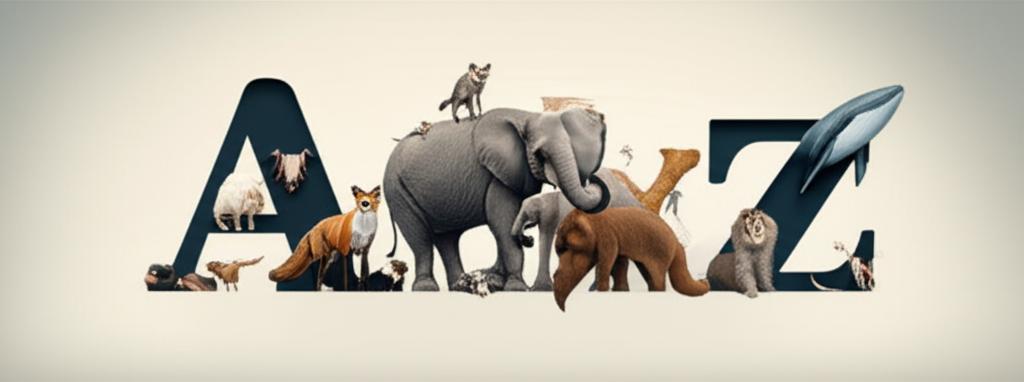This collection presents 42 Mammals that start with W, spanning from “Wahlberg’s epauletted fruit bat” to “Woylie”. They include small bats and rodents as well as large marine and terrestrial species, useful for reference, education, and quick content planning.
Mammals that start with W are species whose common English names begin with the letter W. Notable examples include the whale, important in many cultures, and the woylie, a distinctive Australian marsupial.
Below you’ll find the table with Common name, Scientific name, Order, and Habitat.
Common name: The everyday English name people use for the species, so you can quickly identify and search for each mammal.
Scientific name: The accepted Latin name (genus and species) that you can use for precise identification and literature searches.
Order: The taxonomic order shows broader biological grouping, helping you compare related species and understand evolutionary context.
Habitat: A concise habitat label (forest, marine, desert, urban, etc.) that helps you locate species by environment and region.
Mammals that start with W
| Common name | Scientific name | Order | Habitat | Description |
|---|---|---|---|---|
| Walrus | Odobenus rosmarus | Carnivora | marine | Large Arctic pinniped with long tusks and whiskers; hauls out on ice and beaches. Vulnerable locally from hunting and sea-ice loss. |
| Weddell seal | Leptonychotes weddellii | Carnivora | marine | Antarctic seal that dives under fast ice for fish and squid; breeds on pack ice. Stable but sensitive to climate change. |
| Wolverine | Gulo gulo | Carnivora | tundra/forest | Powerful, solitary mustelid with vast territories; scavenges and hunts in cold regions. Low densities; some populations threatened by development. |
| Warthog | Phacochoerus africanus | Artiodactyla | grassland | Savanna pig with curved facial tusks that often backs into burrows; grazes and roots for food. Common across sub‑Saharan Africa. |
| White-tailed deer | Odocoileus virginianus | Artiodactyla | forest | Widespread North American deer known for its white tail flash; adaptable to forests and suburbs. Important game species and browsers. |
| White-beaked dolphin | Lagenorhynchus albirostris | Cetacea | marine | Robust North Atlantic dolphin with pale beak; favors cool coastal and shelf waters. Social and often seen in small groups. |
| White-footed mouse | Peromyscus leucopus | Rodentia | forest | Common North American mouse with white feet and belly; forages in woodlands and suburban areas. Reservoir for some tick‑borne diseases. |
| Wood mouse | Apodemus sylvaticus | Rodentia | forest | Common European woodland rodent with large eyes and ears; nocturnal seed‑eater that adapts to hedgerows and gardens. |
| Woodland vole | Microtus pinetorum | Rodentia | forest | Small burrowing vole of eastern North American forests; short tail and secretive habits. Important prey for many predators. |
| Water vole | Arvicola amphibius | Rodentia | freshwater | Semiaquatic Eurasian rodent with blunt nose; lives along rivers and marshes. Declining in areas due to habitat loss and invasive mink. |
| White-lipped peccary | Tayassu pecari | Artiodactyla | forest | Social, herd‑living peccary of Neotropical forests that shapes understorey vegetation. Declining from hunting and habitat fragmentation. |
| White-tailed jackrabbit | Lepus townsendii | Lagomorpha | grassland | Large prairie hare with long ears and seasonal coat color change; swift runner adapted to open plains and prairies. |
| White-bellied pangolin | Phataginus tricuspis | Pholidota | forest | Arboreal African pangolin with pale belly scales; nocturnal ant‑eater. Heavily targeted by poaching and listed as threatened. |
| Wild boar | Sus scrofa | Artiodactyla | forest/shrubland | Widespread wild ancestor of domestic pigs; highly adaptable omnivore. Native populations managed for hunting; invasive where introduced. |
| Wild yak | Bos mutus | Artiodactyla | tundra | Large high‑altitude bovine of the Tibetan Plateau with long coat and big horns; grazes alpine meadows. Vulnerable from hunting and competition with livestock. |
| West Indian manatee | Trichechus manatus | Sirenia | freshwater | Gentle, slow‑moving sirenian of Caribbean coasts and rivers that grazes seagrass. Vulnerable to boat strikes and habitat degradation. |
| Water opossum | Chironectes minimus | Didelphimorphia | freshwater | Only semiaquatic opossum of Central and South America with webbed hindfeet; hunts aquatic prey and is largely nocturnal. |
| White-faced capuchin | Cebus capucinus | Primates | forest | Central American monkey with pale face and dark body; intelligent and social, sometimes uses tools. Locally impacted by pet trade. |
| Western gorilla | Gorilla gorilla | Primates | forest | Large African ape of western forests; intelligent and social. Critically Endangered from hunting, disease and habitat loss. |
| White-handed gibbon | Hylobates lar | Primates | forest | Agile brachiating ape of Southeast Asian forests with loud morning calls; monogamous pair bonds. Endangered due to deforestation. |
| Wild water buffalo | Bubalus arnee | Artiodactyla | wetland | Large swamp‑dwelling Asian buffalo; endangered from habitat loss, hunting and hybridization with domestic buffalo. |
| White-tailed antelope squirrel | Ammospermophilus leucurus | Rodentia | desert | Small diurnal desert ground squirrel of the American Southwest with pale tail underside; forages for seeds and insects. |
| White-nosed coati | Nasua narica | Carnivora | forest | Central American coati with pale snout; social and omnivorous, often forages in groups during the day. |
| Wildcat | Felis silvestris | Carnivora | forest | Medium‑sized wild felid across Europe, Africa and Asia; striped and largely solitary. Threatened by habitat loss and hybridization with domestic cats. |
| White rhinoceros | Ceratotherium simum | Perissodactyla | grassland | Large African grazer with broad mouth adapted for grazing; includes near‑threatened and critically endangered subspecies. |
| Wapiti | Cervus canadensis | Artiodactyla | forest | Also called elk; large North American and Asian deer with impressive antlers. Important game species with regional conservation concerns. |
| Water deer | Hydropotes inermis | Artiodactyla | wetland | Small East Asian deer lacking antlers but with prominent tusks in males; prefers marshy and riparian habitats. Locally rare. |
| Water shrew | Neomys fodiens | Eulipotyphla | freshwater | Semiaquatic European shrew that hunts in streams and ponds; feeds on aquatic invertebrates and small fish. |
| Western spotted skunk | Spilogale gracilis | Carnivora | shrubland | North American skunk with spotted pelage and tail bands; uses musk spray as defense. Population trends vary regionally. |
| Western grey kangaroo | Macropus fuliginosus | Diprotodontia | grassland | Large Australian macropod common in southern grasslands; grazes nocturnally. Abundant in much of its range. |
| Woylie | Bettongia penicillata | Diprotodontia | shrubland | Small Australian bettong (woylie) that digs for fungi and tubers; critically endangered with active recovery programs. |
| White-headed langur | Trachypithecus leucocephalus | Primates | forest | Rare leaf‑eating langur from China with pale head; highly localized and Critically Endangered due to habitat loss. |
| Woolly mammoth | Mammuthus primigenius | Proboscidea | tundra | Iconic extinct Ice Age elephant with shaggy coat and curved tusks; disappeared around 4,000 years ago. |
| Woolly rhinoceros | Coelodonta antiquitatis | Perissodactyla | tundra | Extinct Pleistocene rhinoceros with thick fur adapted to cold steppe‑tundra; vanished at the end of the Ice Age. |
| White-eared opossum | Didelphis albiventris | Didelphimorphia | forest | South American opossum with pale ear edges; nocturnal omnivore that tolerates disturbed habitats. |
| White-throated woodrat | Neotoma albigula | Rodentia | desert | Nocturnal packrat of the American Southwest that builds large middens and stores vegetation; locally common. |
| Waterbuck | Kobus ellipsiprymnus | Artiodactyla | grassland | Large African antelope often found near water; has a distinctive white rump ring. Vulnerable in some regions to hunting. |
| Woolly opossum | Caluromys philander | Didelphimorphia | forest | Arboreal Neotropical marsupial with dense fur and nocturnal habits; feeds on fruit and insects. Not globally threatened. |
| Wahlberg’s epauletted fruit bat | Epomophorus wahlbergi | Chiroptera | forest | African fruit bat that feeds on figs and fruit; males display white “epaulettes” during courtship. Common in many woodlands. |
| White-winged vampire bat | Diaemus youngi | Chiroptera | forest | Neotropical vampire bat recognizable by pale wing patches; feeds mainly on bird and small mammal blood. |
| Western lowland gorilla | Gorilla gorilla gorilla | Primates | forest | Subspecies of western gorilla in central African rainforests; critically endangered from hunting and disease. |
| Western chimpanzee | Pan troglodytes verus | Primates | forest | West African subspecies of chimpanzee known for tool use and cultural behavior; highly endangered from hunting and habitat loss. |
Descriptions
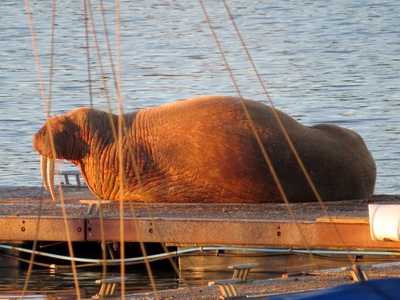
Walrus
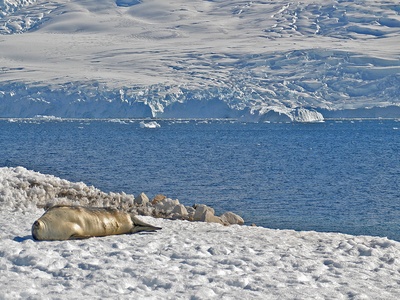
Weddell seal

Wolverine
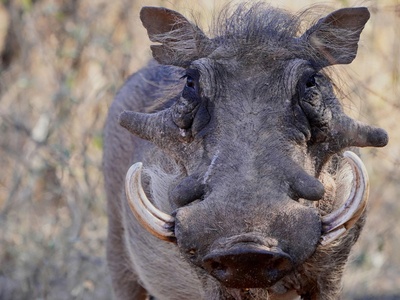
Warthog
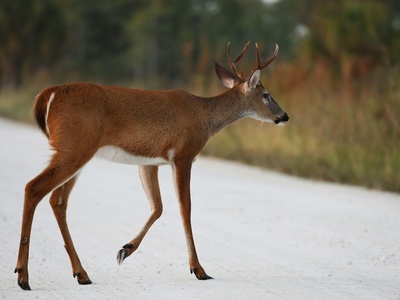
White-tailed deer
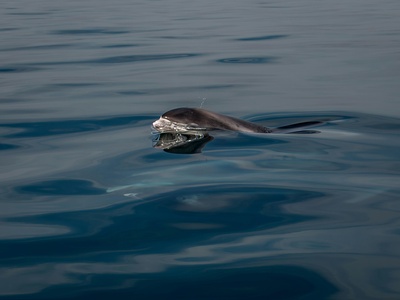
White-beaked dolphin
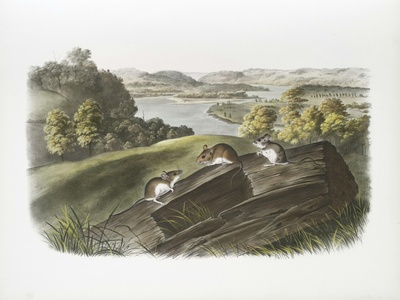
White-footed mouse

Wood mouse
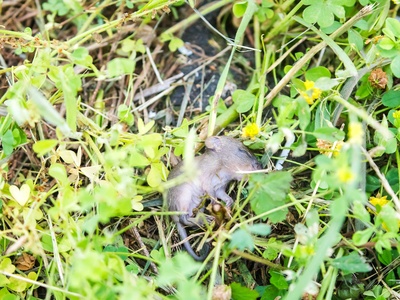
Woodland vole

Water vole

White-lipped peccary

White-tailed jackrabbit

White-bellied pangolin
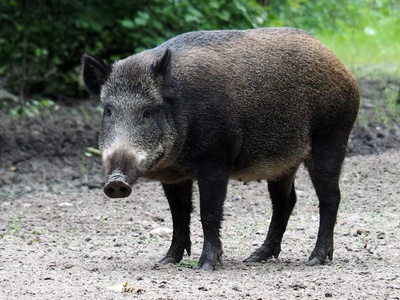
Wild boar
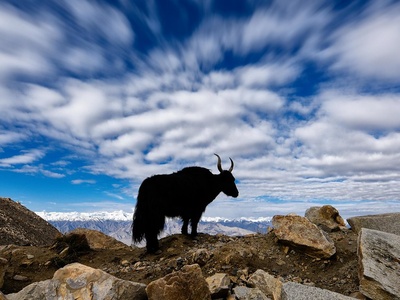
Wild yak
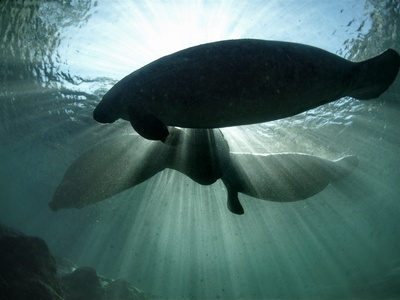
West Indian manatee
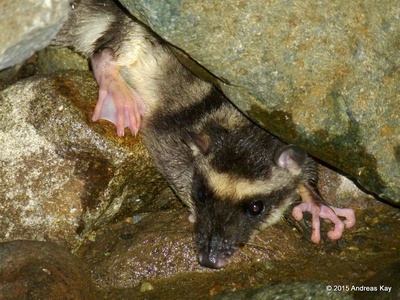
Water opossum
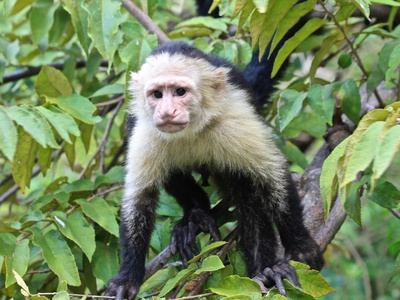
White-faced capuchin

Western gorilla
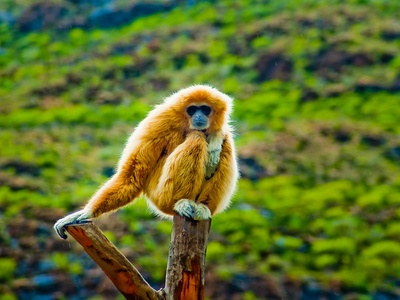
White-handed gibbon
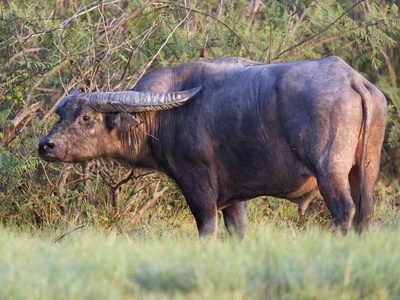
Wild water buffalo

White-tailed antelope squirrel
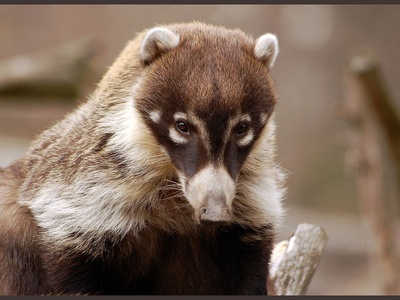
White-nosed coati
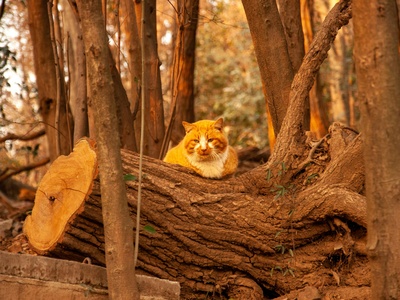
Wildcat

White rhinoceros
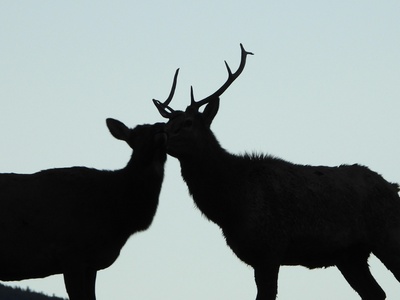
Wapiti
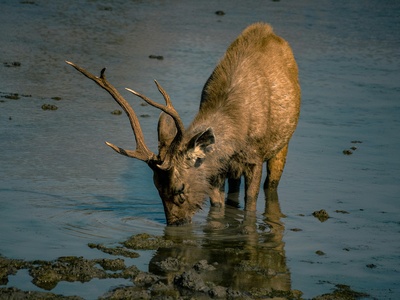
Water deer

Water shrew
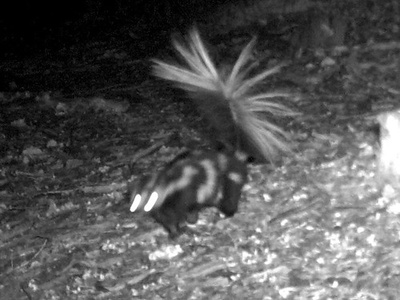
Western spotted skunk

Western grey kangaroo

Woylie
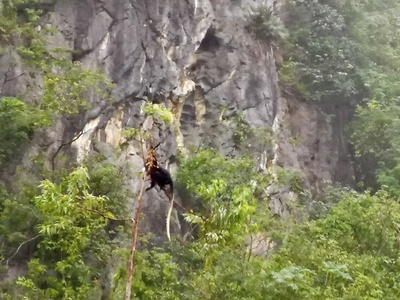
White-headed langur

Woolly mammoth
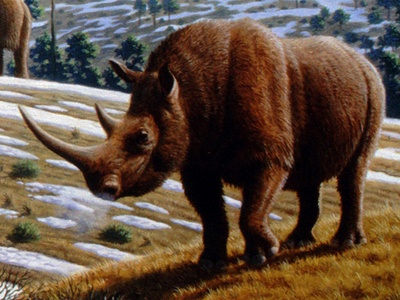
Woolly rhinoceros
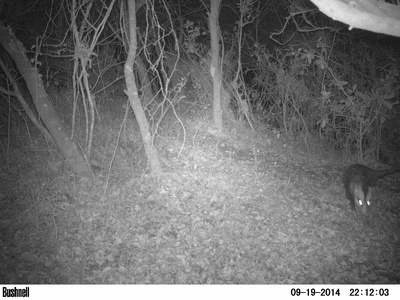
White-eared opossum

White-throated woodrat
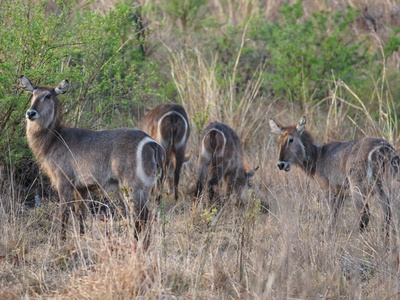
Waterbuck
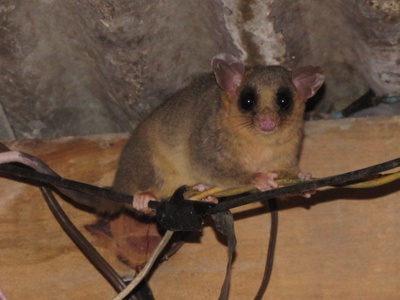
Woolly opossum

Wahlberg’s epauletted fruit bat
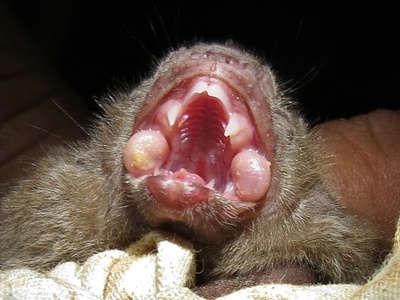
White-winged vampire bat
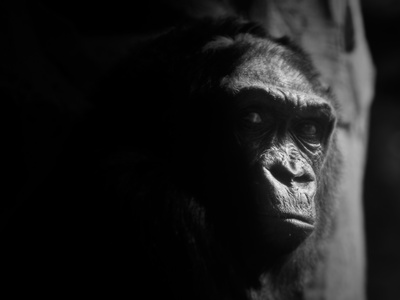
Western lowland gorilla
